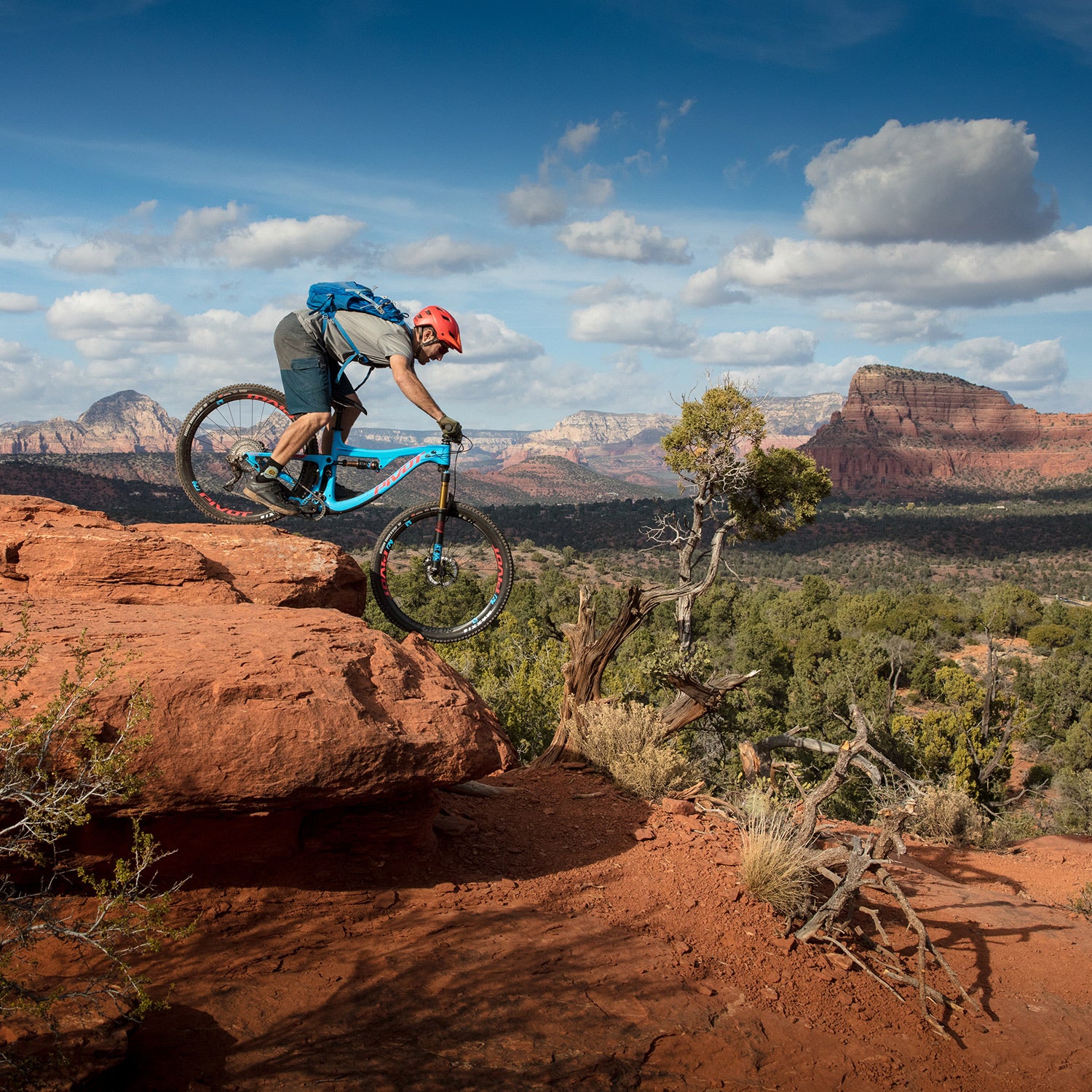Bikes and bike gear has gotten so good that every year, when the fresh crop of latest greatest rolls in, I expect to be underwhelmed. How much better can it really get?
And every year, products continue to surprise and impress me. Off the top of my head, I can always think of a stack of gear that made such impact that I’d easily opt to buy it for my own. Suspensions are smoother, drivetrains are harder working than ever, bikes more versatile, tires suppler yet stronger—basically, technology continues to make riding more fun, year in and year out.
It doesn’t mean you have to go buy the latest. Last year’s advancements were great, too. But if I were looking to spend my hard-earned cash, this gear—out of hundreds of bikes and components and soft goods I’ve ridden this year—is what I’d get, ranked in ascending order.
#10. Adidas Zonyk Pro Black Shiny Vario Sunglasses ($200)
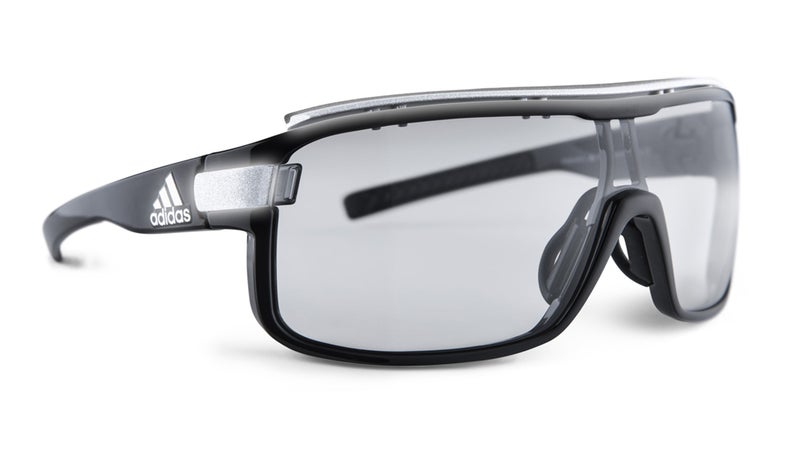
I am seriously picky about sunglasses. I have chronically dry eyes following eye surgery a decade ago. I sweat like a hot yogi, which means perpetual fogging and dripping on lenses. And while I love the idea of interchangeable lenses, I’m too lazy to switch them out on a ride een when I carry multiple hues. So the improved my riding experience this year more than a pair of sunnies every should. The snap-off brow pad diverts sweat around your field of vision, the photochromic lenses swing from almost clear to dark enough for full-desert blaze depending on conditions, and the look is enough that you can wear them just as easily out to the bar as you can on a ride. They’re almost perfect, accept the temple hinges have a way of popping free from time to time, which has almost (but not yet) resulted in a lost pair of Zonyks.
#9. Enve M630 Wheelset ($2,800)
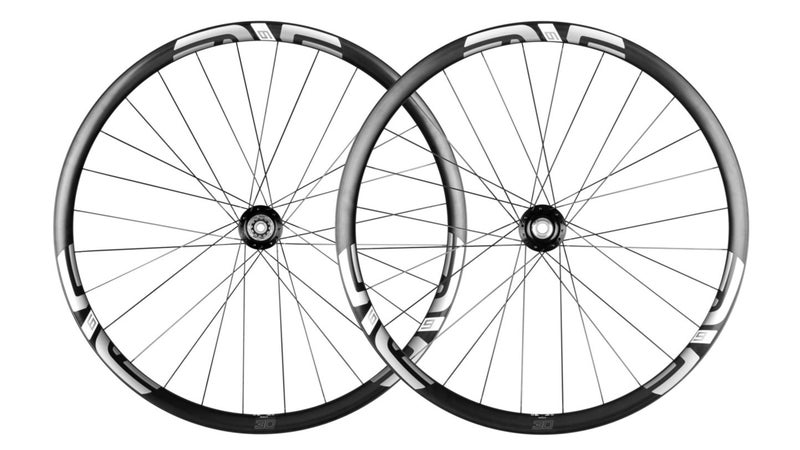
I’ve said it before, but few things can improve the way a bike rides more than a high-quality set of wheels, and Ogden, Utah-based Enve, which has made some of the finest wheels on the market for years, outdid themselves this year with the new M Series mountain wheels. It’s all about choice and customization, with eight distinct models to match any type of riding, but the overarching them is wider profiles to help spread and accommodate the crop of new high-volume tires, new shapes that help minimize pinch flats, less weight, and higher strength ratings. For the average trail rider, the will transform the ride quality of any bike so dramatically that you’ll quickly forget the pain of the sticker shock and wonder why you didn’t invest sooner.
#8.���վ������
Call it the year of the tire, but I found so much good new rubber this year that it’s impossible to narrow down my favorite to just one. On the road side, the ($80) is so supple and grippy that it feels almost as cushy as a tubular and quickly erased my misgivings that it isn’t tubeless ready. The 28c version might be the most comfortable clincher I’ve ever ridden. For gravel, I’ve been loving the duo of high-volume, 47c WTB options, ($68) when it’s less chunky and ($68) when you need a bit more grip. It would be amazing if the company released these tires in slightly skinnier, 700c versions, though in the meantime I’ve been plenty happy with the ($57-76). And on the dirt side, the advent of wider-than-ever trail tires, such as the 27.5 x 2.6-inch and (from $85 each) and the 29 x 2.6 inch (from $60) are blurring the lines between what I think of us plus-size and just a really grippy, aggressive trail ride.
#7. OneUp EDC Tool System ($119)
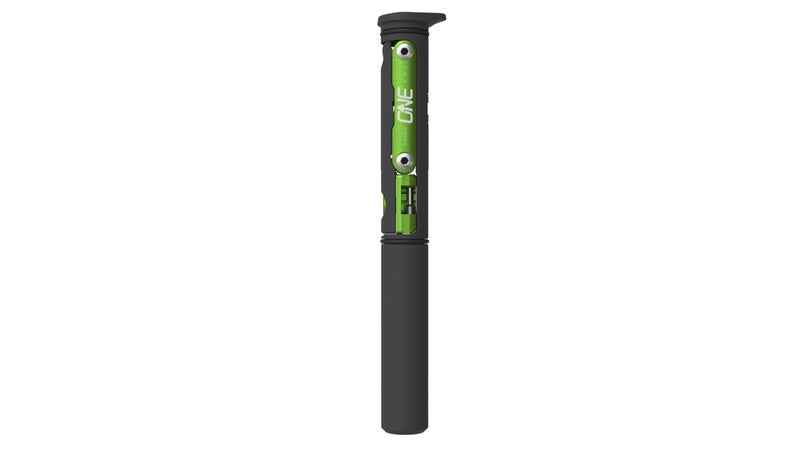
The is one of the most innovative concepts I’ve seen in a long time, making it possible to be prepared for problems on the trail even if you don’t carry a backpack. It packs a multi-tool, chain breaker, tire lever with spoke keys, spare quick links, and CO2 canister into a tube shape unit that stores inside the head tube of your bike. Some installation is necessary (and it doesn’t fit every fork, so check the specs carefully), but once you get it up and running, you’ll never be caught out unprepared again. The , a minimalist setup for tacking a tube under your seat, is a great complement.
#6. Rocky Mounts Backstage Swing Away Hitch Rack ($550)
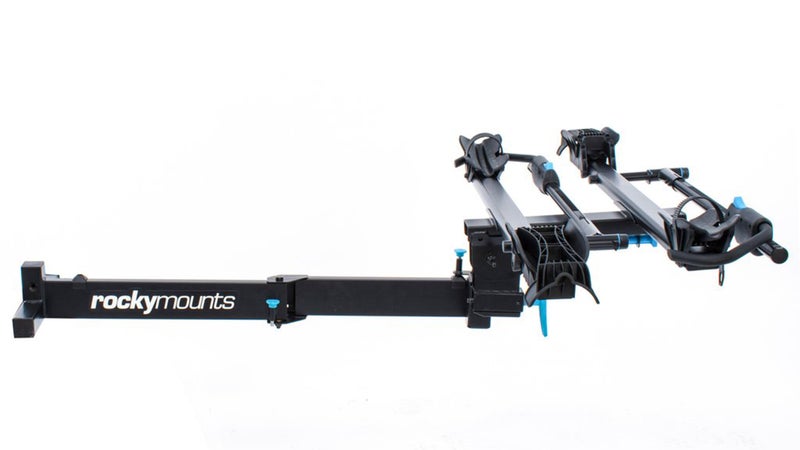
There are so many great hitch-mount racks on the market, but, for those with pickups, vans, or station wagons, the is a step above every other. Functionally, it works just like every other, carrying two bikes with wheels on ranging from skinny roadies all the way up to full fat bikes. And the swivel feature allows it to tuck away closer to the bumper when not in use. What sets the Swing Away apart is its ability to completely rotate to the passenger side of the vehicle, even with the bikes still loaded. That means you can access the bed or your truck or cargo door of your vehicle for loading gear or even camping without having to take down your bikes.
#5. Shimano Dura Ace 9170 Disc Package (From $3,137)
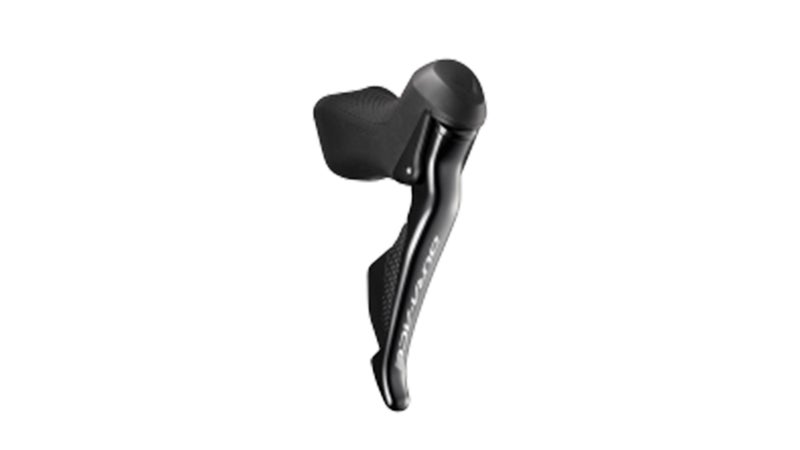
When Shimano jumped into the road disc market a few years back, they did it with appropriated parts and technology from their mountain groups. The stuff worked great, but it lacked some of the refinement and sleek look and feel to match many roadies’ expectations. With the release of (from $3,137), the company finally brings dedicated design and advancements in an electronic, hydraulic disc package to the road market. The shifters are trimmer and more ergonomic than previous versions, the braking is powerful and refined, the shifting is smoother and faster than ever, and there’s now wireless integration with lights, computers, an in-house power meter, and lots of other peripherals. They’ve even added Syncro Shift options, which allows the computer to pick the most optimal gear ranges and shift according for you. This is, quite simply, the most technologically advanced road component setup being made.
#4. SRAM GX Eagle Drivetrain ($495)
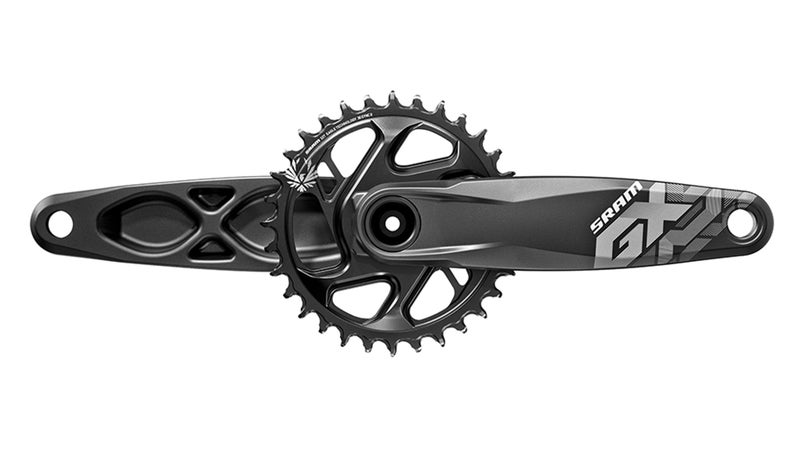
Having revolutionized mountain bikes with its front derailleur-free 1x setups, SRAM all but cornered the market this year with the release of , a budget version of its popular 1×12 drivetrain. Functionally, the system works virtually identically to the higher-end XX1 and X01 Eagle components—it’s so close in performance, I bet few if any riders could tell a difference between those premium parts and this new third-tier option. But whereas those first two group sets were costly enough that they priced many out, with GX Eagle you get the same performance benefits of a 10-50 cassette out back for just $495 for a complete setup. That’s 65 percent less expensive than the premium XX1 Eagle. I’ve already seen a stack of manufacturers spec’ing these new parts on bikes for 2018, meaning that more people than ever are going to benefit from 1×12 in the coming seasons.
#3. Speedvagen OG1 Road Bike ($5,385)

I ride dozens of super high-end carbon fiber road race bikes every year, and it’s difficult to overstate how smooth and light and polished most of them have become. But the road bike that made the biggest impression on me in 2017, the one that I will forever wish I added to my permanent stable, was the —built from steel. The bike comes from the mind of Sacha White, the custom builder whose Vanilla Workshop frames are so sought after that the wait list to get one stretches not just years, but decades. White created the ready-built Speedvagen line to deliver a refined ride and spare design sense similar to his custom bikes in a less-expensive, easier to get package. This is no come-down retro bike, however, built with a combination of custom-drawn True Temper and Columbus tubing in five stock sizes from 50 to 58, spec’d with a smart mix of parts from PRO, Ritchey, and Mavic, and finished with subtle graphics, a cut-to-fit seat mast, and paint-matched Enve fork and stem. Ours weighed 17 pounds, which isn’t as light as some of the super bikes we get (Speedvagen says you can build an OG1 down to around 13 pounds), but it actually felt every bit as snappy and smooth as any bike we’ve tried. My only misgiving was the lack of disc brakes, but Speedvagen has since added that option. This is a cool-kids bike for the performance crowd, and it’s at a cost (and timeframe) that’s not prohibitive.
#2. Pivot Switchblade Mountain Bike (from $5,200)
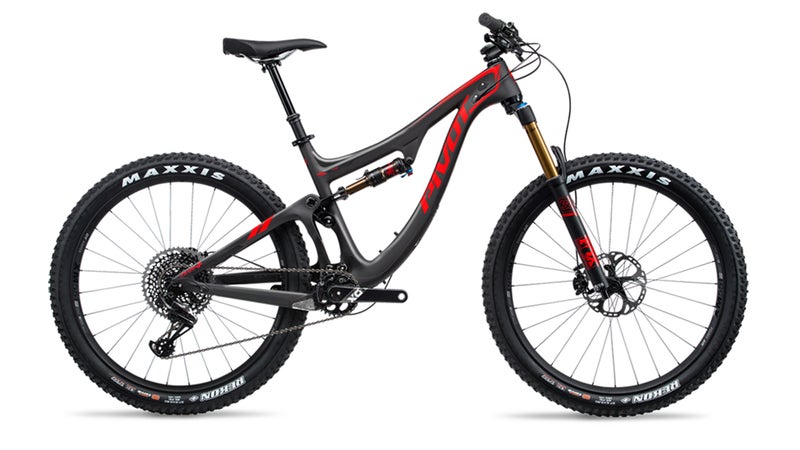
A team of testers weighs in to choose our Gear of the Year bikes, and this year, on the dirt side, we landed on the Santa Cruz Tall Boy (and Juliana Joplin). It’s one of the most versatile trail bikes I’ve ever tried, and I’d happily choose it as my sole mountain bike. However, if it were up to only me, I would likely have picked the Pivot Switchblade, a slightly bigger-travel, more agile, and forgiving ride that excels on the chunkier terrain I’ve been favoring lately. Like the Tallboy, this carbon trail machine accepts both 29- and plus-size tires. I favored the 29ers with 2.4-inch rubber for everyday riding, which felt quicker and a little harder-edged. But I’d also frequently slip on the fatter configuration, built around hard-charging 3.0-inch Maxxis Rekon+ rubber, which are more confident in the sand and chunk of the desert Southwest. It’s almost like having two separate bikes. At 135mm with a stout 150mm fork, it’s maybe a little more bike than your average ride demands. But I never found a trail that the Pivot didn’t make easier and more fun.
#1. Allied Alfa All Road Bike (from $5,000)
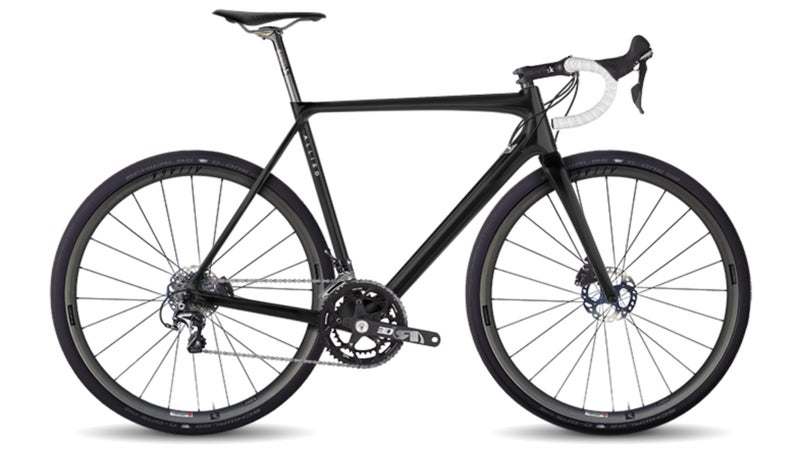
The one bike that has made a bigger difference in my riding this year than any other is the , a disc-equipped carbon machine that bridges the gap between full roadie and gravel adventure bike. At 920 grams for the frame, it’s light enough to keep up with pretty much any road bike out there—my tester weighed a little over 16 pounds complete—but it also has clearance for 38c tires, meaning you can ride it on pretty much anything silky pavement to rock-cratered dirt roads, and everything in between. For me, that means with two sets of wheels I can basically eliminate three separate bikes from the garage as All Road stands in for a racer, a gravel machine, and a cross bike. Allied has an awesome Made In America story, too, as the Little Rock, Arkansas-based company works to bring back to the US on a large scale. At last, one bike to rule them all.


